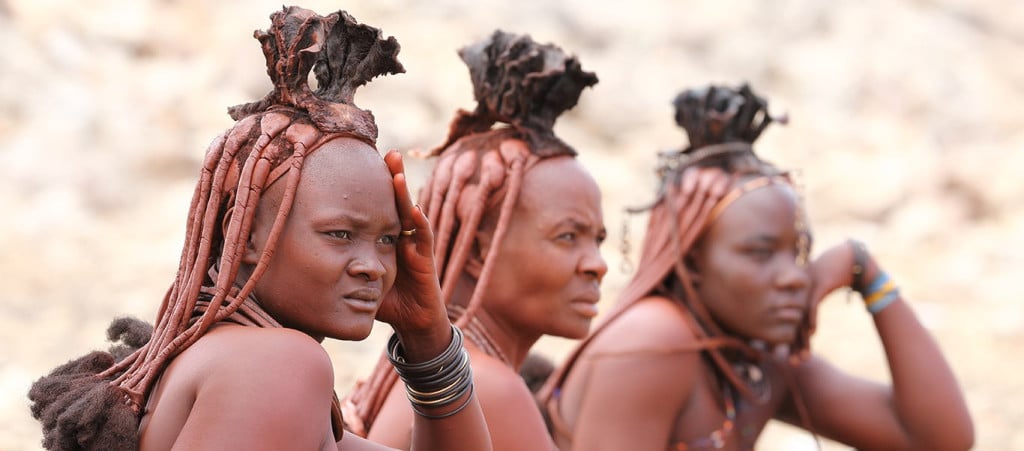On March 21, 1990, a new nation was born as Namibia declared its independence from South Africa. The deep roots of this land are held by its indigenous peoples: the San, Nama, and Damara, among other ancient communities. Later, the currents of the Bantu expansion brought new arrivals to the region, including the ancestors of the vibrant Herero people around the 16th century.
Today, the Bantu-speaking Ovambo people form the majority of Namibia’s population, and their mother tongue, Oshiwambo, resonates as the nation’s most widely spoken language. While the vast and awe-inspiring Namib Desert stretches along much of its Atlantic coastline, contributing to a lower population density, Namibia is home to around three million people.

This striking land boasts a rich and complex linguistic tapestry, where languages from the Indo-European, Khoisan, and Bantu families interweave. During the era of apartheid, English, German, and Afrikaans held the status of official languages. However, upon achieving independence, Namibia’s new constitution declared English as the sole official language, a unifying tongue used in government, education, and the nation’s universities.
Oshiwambo continues to thrive as the first language for approximately 49% of Namibians, particularly within the historically significant Ovambo region. The distinctive sounds of the Khoekhoe languages are the second most prevalent indigenous tongue, spoken by around 12% of the population. Afrikaans also holds a strong presence, spoken by roughly 10% of Namibians.
Beyond these, a diverse array of other Bantu languages, including Fwe, Kuhane, Yeyi, Tswana, and Mbukushu, and Khoisan languages like Naro, Kung-Ekoka, Xó, and Kxoe, contribute to Namibia’s fascinating cultural mosaic, each spoken by smaller yet significant portions of the population.
Immerse yourself in the ancient knowledge and culture of Namibia’s people during a culture safari. This is an incredible way to gain insight into traditional ways of life, including deep connections to nature, and the resilience of communities adapting to modern challenges.